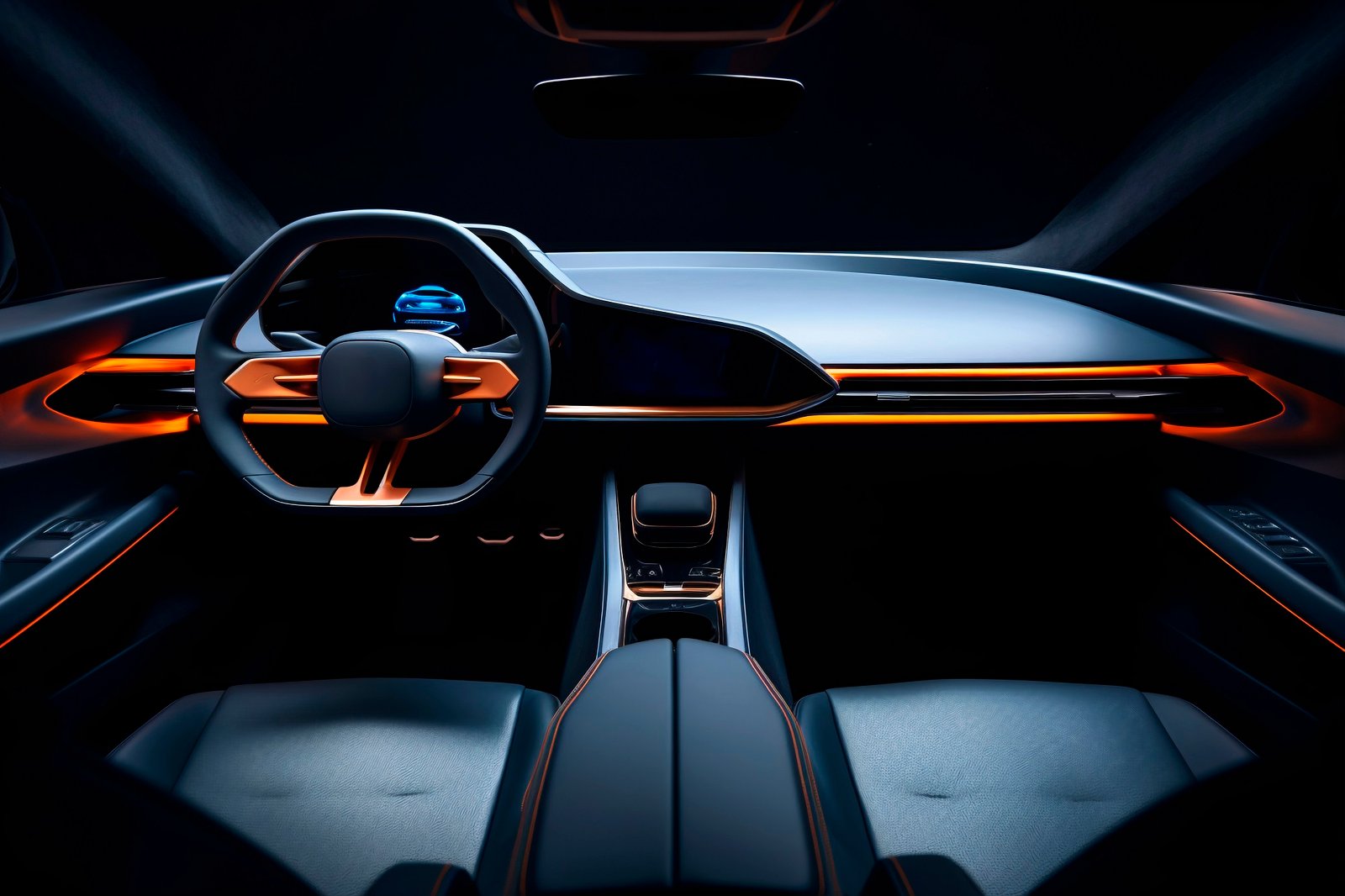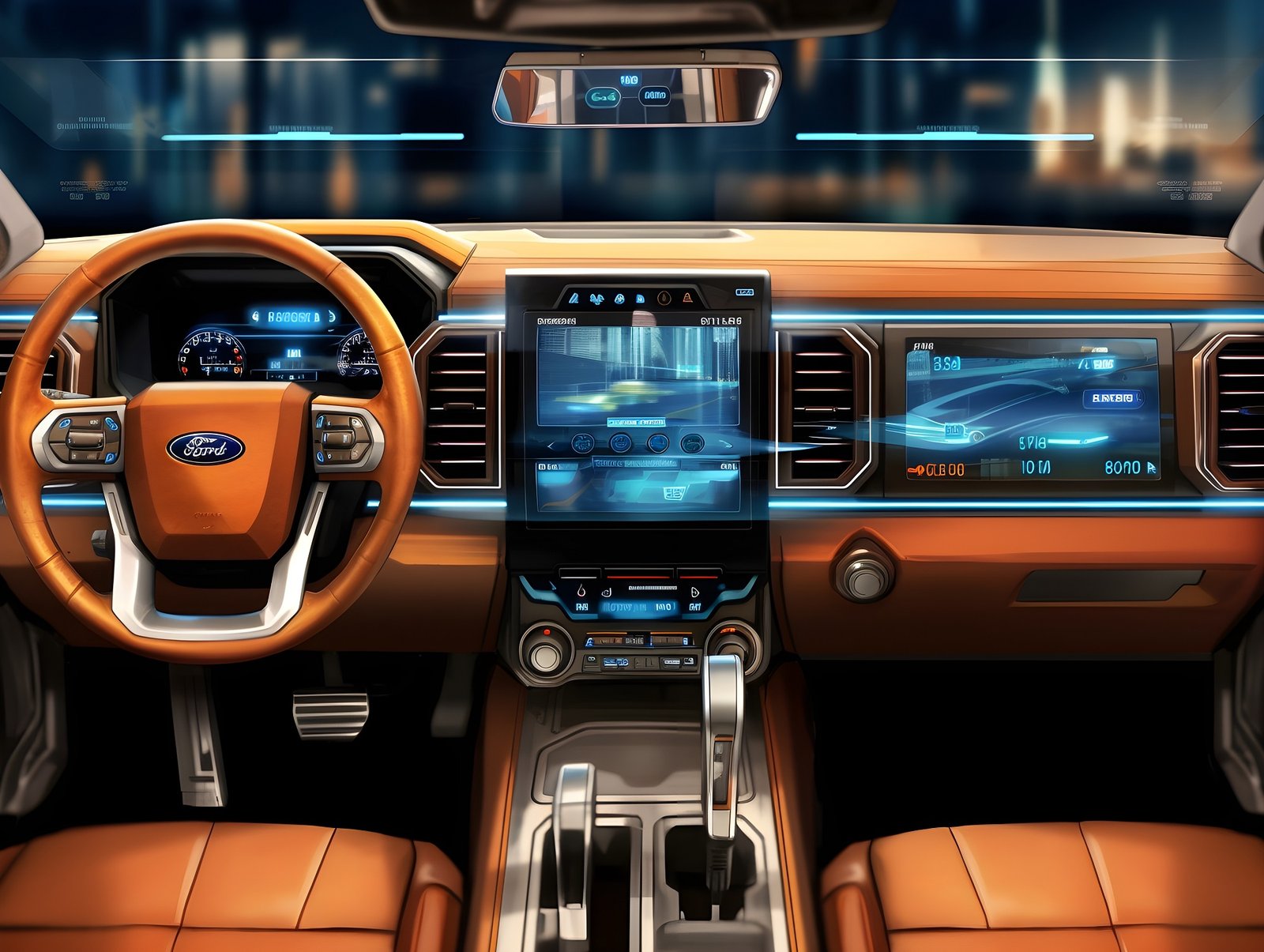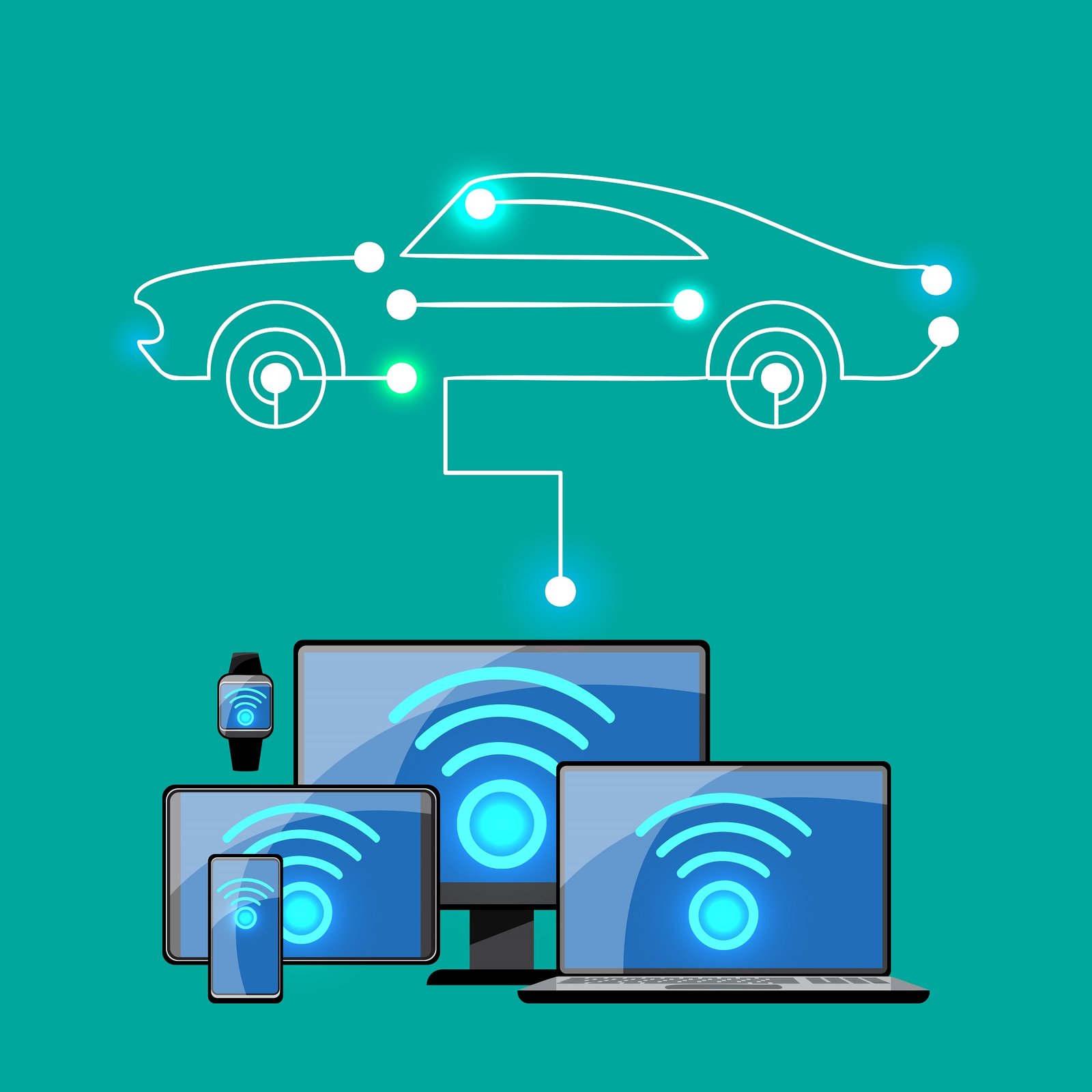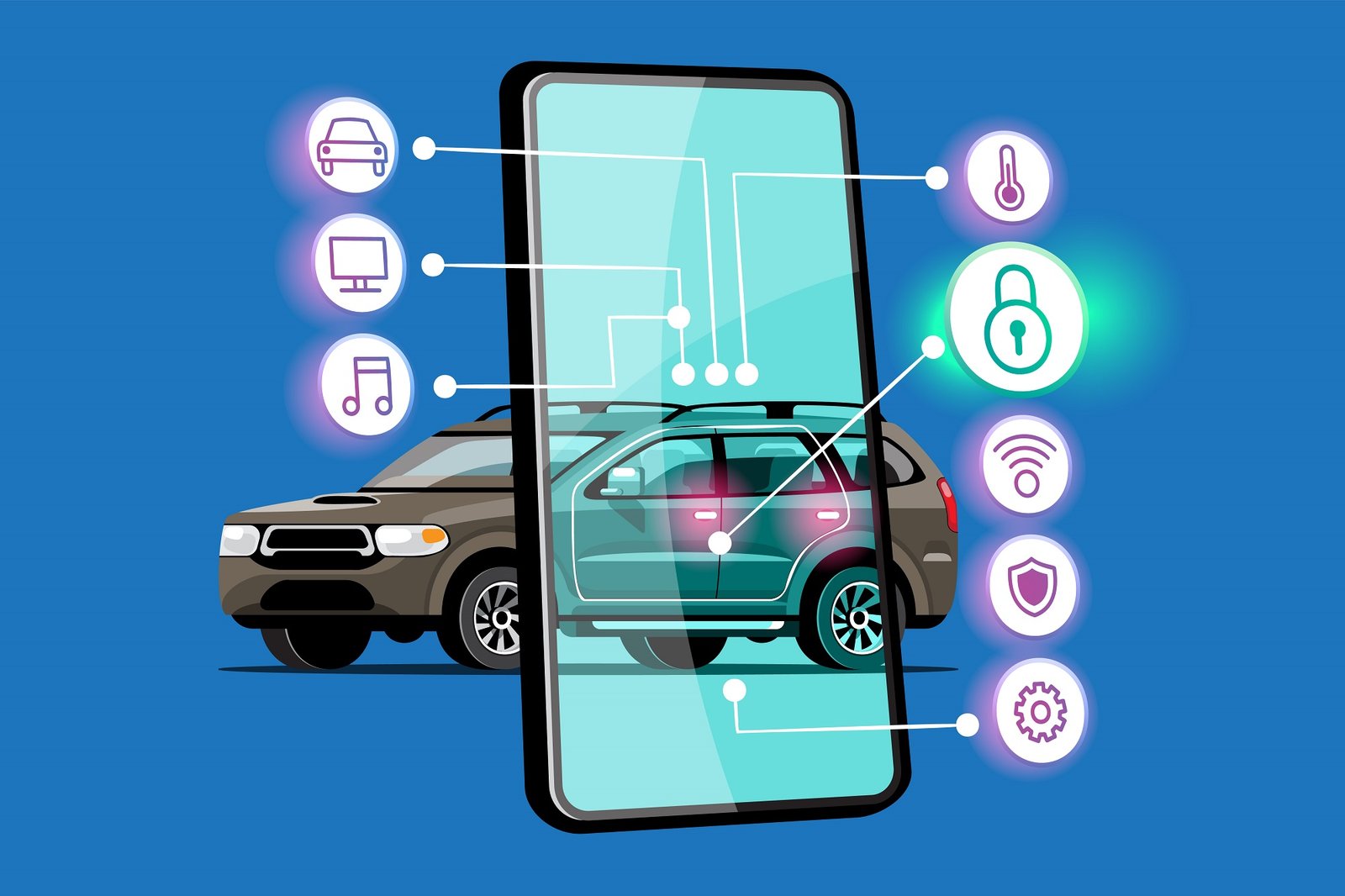The Role of AI in Steering the Future of Automatic Cars
There was a watershed moment in transportation history when autonomous automobiles, sometimes called “automated vehicles,” first appeared on the market. Artificial intelligence (AI) is crucial to modern autonomous vehicles’ operations, adaptations, and interactions. This paradigm change made it feasible. Autonomous vehicle (AV) and artificial intelligence (AI) interaction research provides fascinating glimpses into the technologically driven future for tech and automotive enthusiasts.

What We Observe and How We Feel
Autonomous vehicles can build a comprehensive image of their surroundings by combining information from various sensors—including radar, cameras, lidar (Light Detection and Ranging), and ultrasonic sensors. This steady data stream contains many details about other cars, roads, traffic lights, and people walking. AI builds a complete picture of the world so the vehicle can make choices.
Mapping and Localization
Automatic cars use high-definition maps and GPS data to navigate precisely. AI algorithms compare real-time sensor data with these maps to pinpoint the car’s location, plan the best route, and adapt to changes in the environment and traffic patterns.

Decision Making
Making decisions is the most crucial part of AI in automatic cars. In a constantly changing world, AI systems must look at data they perceive, rules they already know, and goals they have set to make complicated decisions in real time. AI includes:
- Changing a vehicle’s speed.
- Switching lanes.
- Passing other vehicles.
- Quickly responding to emergencies or unexpected obstacles.
AI’s ability to process vast amounts of data and guess what might happen makes self-driving cars possible.

Machine Learning and Adaptation
Automatic cars are not just programmed; they learn. These cars constantly enhance their performance by using machine learning algorithms to analyze data collected from millions of miles of driving in real and virtual environments. This iterative learning process allows them to adapt to various driving conditions, enhancing their safety and reliability.
Safety and extra help
When it comes to driverless cars, safety is paramount. AI systems use multiple sensors and backup systems even if some parts stop working. The strict safety rules these algorithms are based on ensure that crashes happen as little as possible and that people on the street and in cars stay safe.
Interacting with Machines
Advanced AI-driven interfaces in some automatic cars make it easier for passengers to connect with the car. These interfaces can give passengers information about the vehicle’s state, entertain them, and allow them to have natural language conversations, which makes the trip more enjoyable.

Safety online
In a time of critical cybersecurity, automatic cars have security systems that AI drives to keep them safe from possible threats. These systems use advanced encryption and anomaly detection methods to keep the vehicle’s systems and data safe from people who shouldn’t have access to them.
Energy Efficiency
AI also plays a crucial role in optimizing an automatic car’s energy consumption. By dynamically adjusting driving parameters such as speed and acceleration and carefully planning routes based on traffic and terrain, AI helps maximize efficiency, reducing fuel consumption and battery usage.

Conclusion
AI in autonomous automobiles is about establishing a safer, more efficient, and integrated transportation future. AI allows these vehicles to detect their environment, make split-second decisions, and learn from experiences, laying the stage for a world where the less traveled path may be ours. The future is bright and limitless for AI and self-driving technology enthusiasts.
AI and automobile innovation are changing road travel. Autonomous automobiles promise unlimited possibilities if you’re a techie, an auto lover, or just intrigued by the future of transportation.
Frequently Asked Questions (FAQ)
How safe are autonomous cars versus human-driven ones?
Studies and initial testing suggest that automatic cars may be safer than human-driven ones due to their ability to observe traffic regulations, lack of distraction or weariness, and 360-degree perception. As technology progresses, research and data will reveal safety.
Q2: When will automatic automobiles become common?
A2: Automatic automobile adoption will spread during the next decade. Technological advances, governmental approvals, public acceptance, and infrastructure development affect the timeline.
Q3: Will automatic automobiles replace personal cars?
A3: Automatic automobiles are predicted to reduce the requirement for car ownership significantly, but they won’t eliminate it soon. Many industry experts expect car-sharing and ride-hailing to increase as automated vehicles become more common. Vehicles become more prevalent.
Q4: Do automatic automobiles work in all weather?
A4: Heavy snow, fog, and torrential rain can challenge automatic car sensors and perception algorithms. However, sensor technology and AI algorithms are improving to function better in more scenarios.
Q5: How do automated cars handle construction zones?
A5: Advanced sensing and AI decision-making algorithms allow automatic cars to handle complex traffic scenarios like construction zones. They can change their route, pace, and driving style. Vehicle-to-infrastructure (V2I) communication could also improve safety in such situations.

